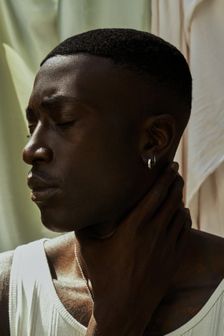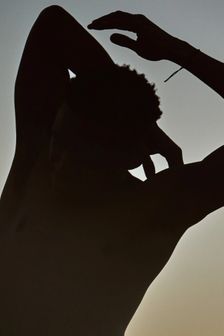The Origin of Fear
During the trans-Atlantic slave trade, anxiety around resistance and potential payback by enslaved people became the foundation of white fear.
Learn more about the genesis of Black oppression in America.
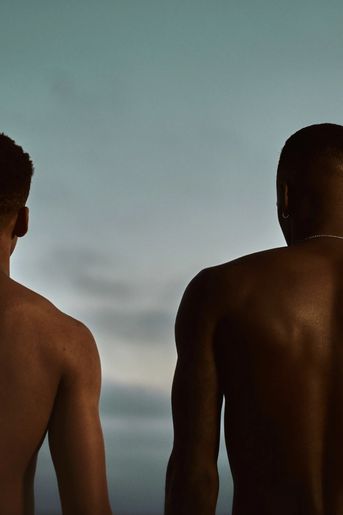
To truly understand the beginning of racial fear in America, we need to dig into the country’s unvarnished origin story.

During the trans-Atlantic slave trade in the 1600s, slave ship crews recognized a slave-led rebellion would put their lives and future earnings at risk. The potential for payback became the foundation of white fear. It’s why traders transported enslaved Africans on their ships in inhumane and grotesque ways.
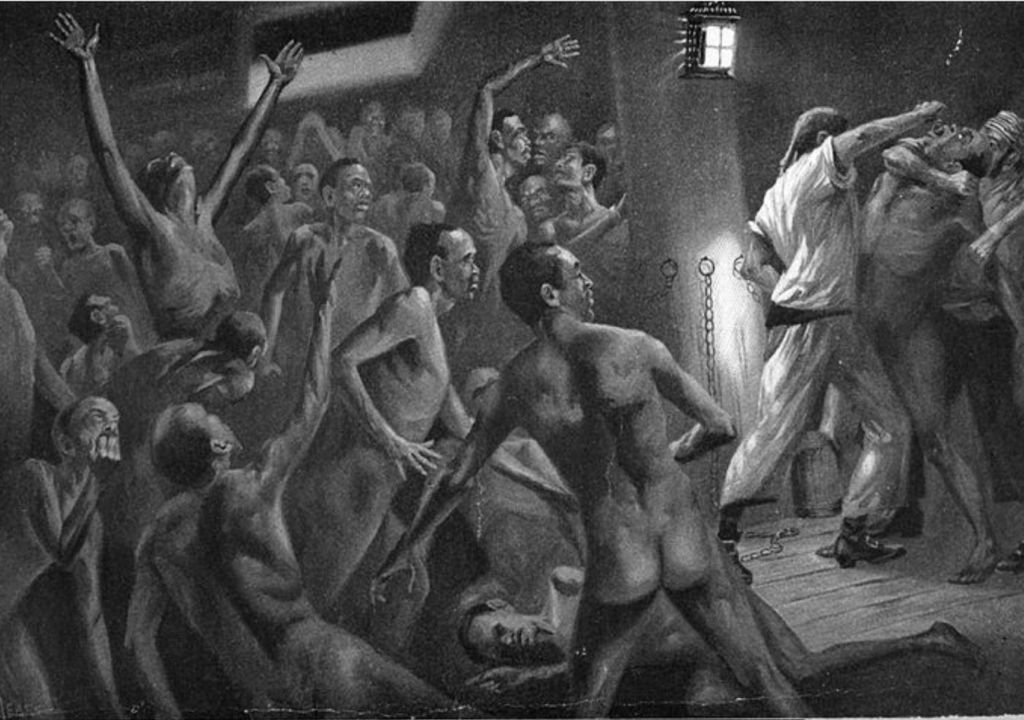
Once in America, the relationship between a slave owner and their enslaved Africans was also entrenched in mutual fear. For an enslaved person, sold into a life of captivity, it was the soul-crushing fear of cruelty, violence, confinement, loneliness, and mental oppression. For a slave owner, it was quite different.
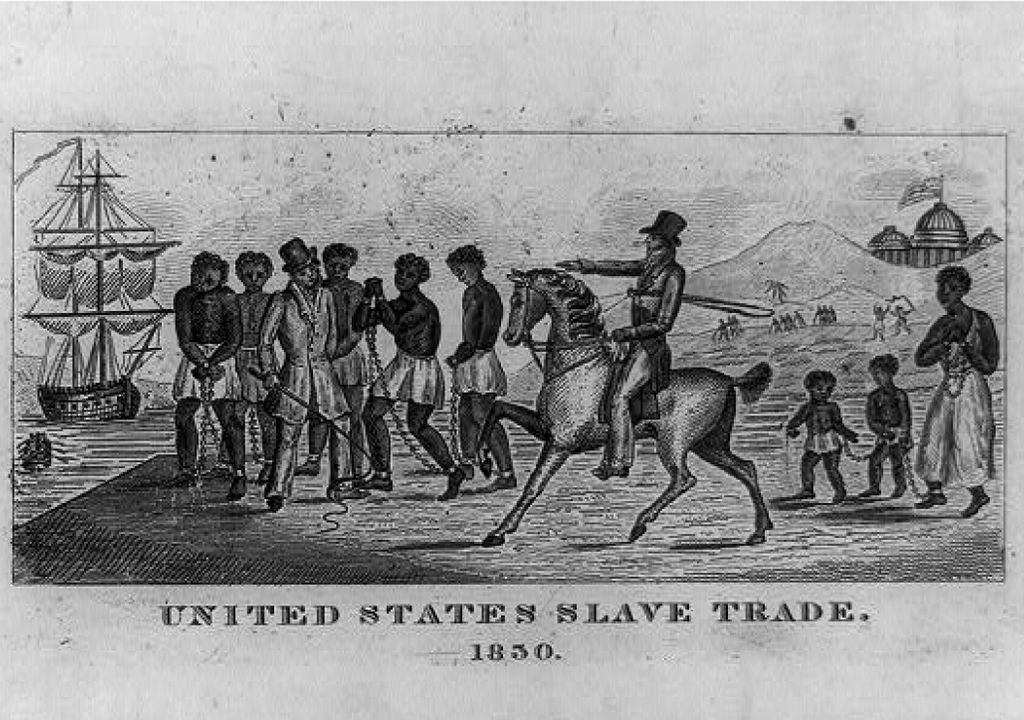
HOW SLAVERS USED VIOLENCE TO CONTROL
As the business of slavery matured, slave owners became reliant on slave labor to make money. This put them in a position of physical and financial dependence. If you establish a system of white supremacy and force a race into captivity, what’s your worst nightmare?
Payback and Black supremacy.
The idea of Black people overthrowing the system was enough to rally the entire white community to action. To maintain control of the status quo, slave owners doubled down on extreme violence as their primary tool to instill fear and discourage revolts or escapes. The scale and range of the brutality were horrifying. It included but wasn’t limited to: lynching, torture, rape, bombing, being dragged to death, verbal abuse, shackling, whipping, beating, starvation, mutilation, branding, and breaking up families.
It is a sad feeling to be afraid of one's native country.
Source: Incidents in the Life of a Slave Girl
Slavery established the birth of structural violence in policing. (Structural violence is where a social system creates inequity and has a negative impact on a community). Many of these early methods, like lynching, bombing, verbal abuse, dragging, and beating Black people weren’t retired. They were either supported, ignored, or adopted by law enforcement over the course of America’s controversial policing history.
THE HUMAN COST OF AMERICA’S BIASED POLICING
400 years later, the fear of losing control as a majority group is still consciously and subconsciously at play today for a lot of white Americans. In a 2016 psychological study on racial shooting bias, researchers found that white fear of minorities can have devastating shooting bias results for Black individuals. This effect was heightened when paired with dehumanizing Black people. This fear is still present in how America approaches policing today.
POLICE VIOLENCE AGAINST BLACK MEN
The police violence doesn't end there. The cycle of brutality extends to women and members of the transgender community.
POLICE VIOLENCE AGAINST BLACK WOMEN
POLICE VIOLENCE AGAINST THE BLACK TRANS COMMUNITY
Overall, black transgender or gender non-conforming people reported higher rates of harassment, physical, and sexual assault by police than other races. Tragically, there are no comprehensive databases that accurately record the numbers of lives assaulted and lost at the hands of the police in these communities. However, initiatives, like Say Her Name and the Reforming Police and Ending Anti-Transgender Violence report, have started making these individuals and the patterns more visible. Learn some of their names and stories:
- Aiyana Stanley-Jones
- Mya Hall
- Roxanne Moore
- Kayla Moore
- Tarika Wilson
- Tony McDade
- Alexia Christian
- Kayden Clarke
- Meagan Hockaday
- Natasha McKenna
- Eleanor Bumpurs
- LaTanya Haggerty
In 2020 alone, the police have killed 1,127 people. “Black people have been 28% of those killed by police in 2020 despite being only 13% of the population.” After centuries of systematic desensitization to Black suffering, the white American public has been largely silent when police casually administer brutality. Public outrage only occurs when there is a witness or the evidence is refutable and recorded by a bystander. And even then, justice is only delivered 0.3 percent of the time.
Sources: Sources: PNAS, Transequality.org, VoxThis means 98.7% of the time, cops get away with murder.
A MOMENT OF REFLECTION
In the 2016 study referenced above, researchers found that one key factor significantly reduced shooting bias: empathy. This finding demonstrates that white people with high empathy have the power to neutralize learned or subconscious racial fear.
Have you ever consciously or subconsciously clutched your purse when a Black man walked by or joined you in an elevator? Or immediately wondered what an unarmed Black person did to provoke a shooting before even hearing all the facts? Where did that fear or those assumptions come from? Is that fear present in other small decisions you make?
Think about areas in your daily life where you could exercise more empathy for others. Even small decisions to be more empathetic could be a matter of life and death for another person.
Extra Credit
Ready to learn more about what the history books left out? Here are four resources we recommend:
